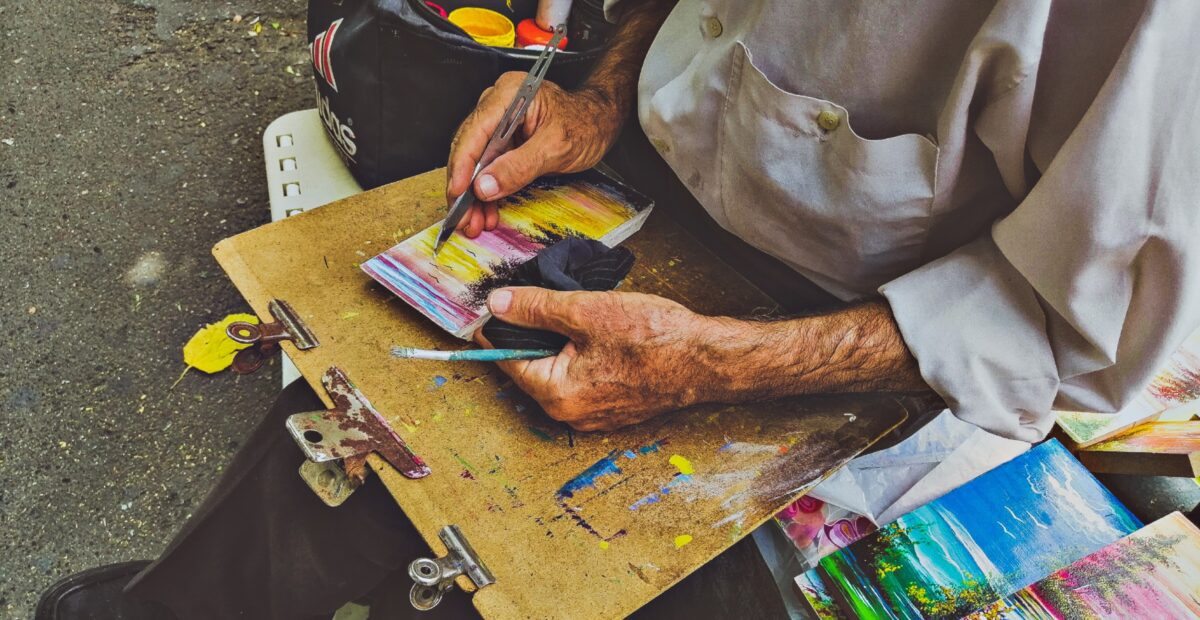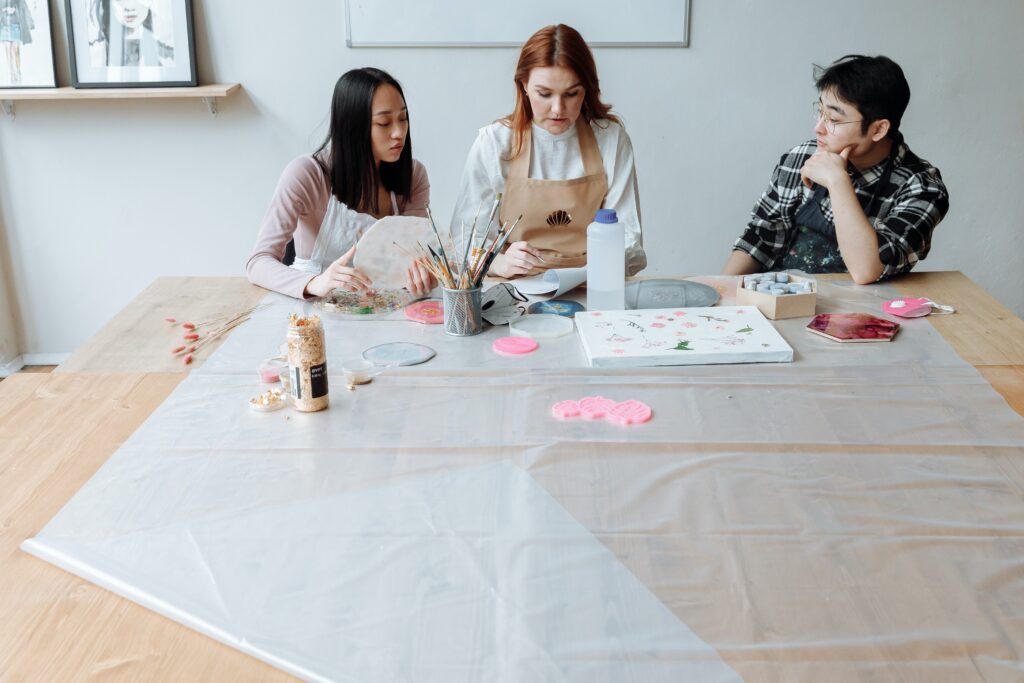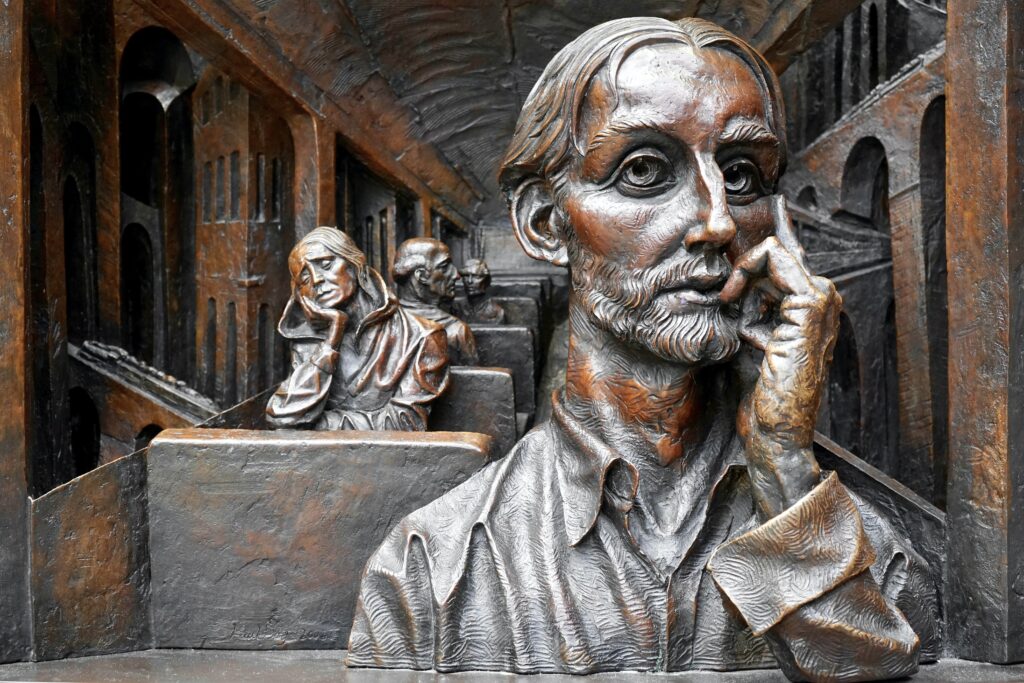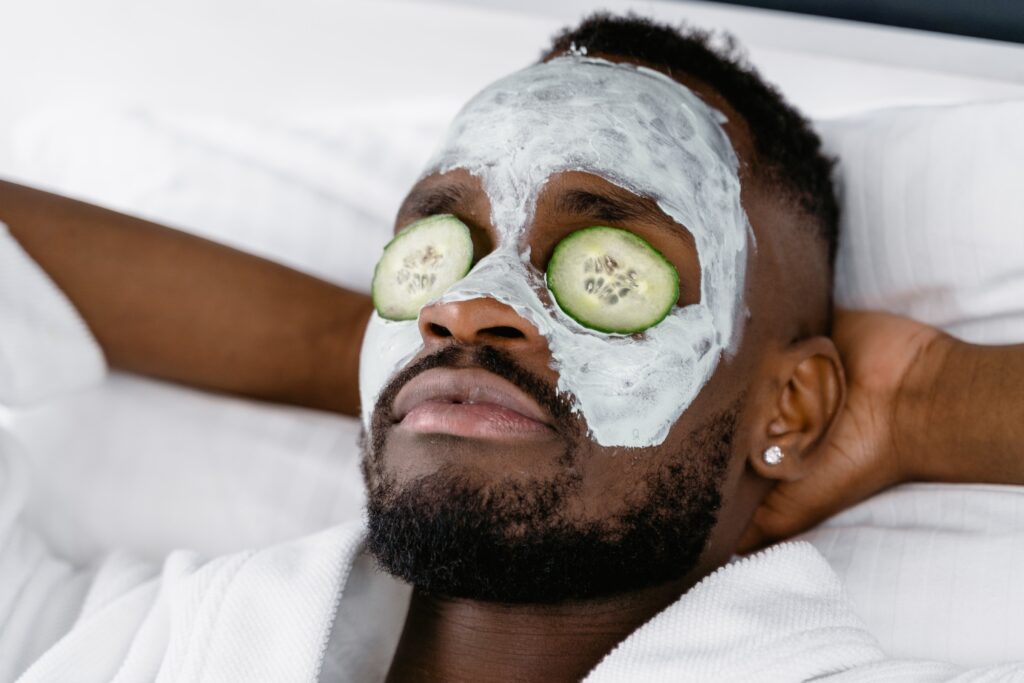How Can Art Creation Soothe Anxiety and Boost Self-Care for Neurodiverse People?

Featured image by Mahdi Asadi, Unsplash
Exercising greater self-care is a popular approach to curbing anxiety, with studies showing that people who embrace self-kindness are more resilient against stress and less susceptible to developing cardiovascular disease. Self-care soothes the symptoms of anxiety because it enhances psychological needs such as autonomy, competence, and relatedness to others. Embracing this practice is key for those on the neurodiversity spectrum, since stress can be a trigger for the symptoms of ADHD, autism, and other neurological or developmental conditions. Self-care involves embracing various strategies—including regular exercise, a healthy diet, and holistic stress-busting activities such as yoga, meditation and Tai Chi. Art is also playing an important role in soothing the symptoms of anxiety, both in formal and informal settings.
Art Therapy for People who are Neurodiverse

Many studies have also found that art therapy could boost the physical, mental, and emotional wellbeing of people who are neurodiverse. This creative approach is used with people with autism, for instance, to improve their ability to think symbolically, improve their ability to recognise and respond to facial expressions, enhance fine motor skills, and help overcome sensory issues. Art therapy can also be effective for people with ADHD, as it keeps their hands busy and promotes a strong degree of focus that is not always achieved using talk therapy.
Art Therapy for Anxiety

Research by academics at Thomas Jefferson University has shown that art therapy and meditation can lower anxiety and produce changes in the brain that are linked to stress reduction. Many studies have focused on the use of art therapy with people who are facing extreme stress—including people who are overcoming cardiovascular disease and cancer. Research shows that some neurodivergent people—for instance, those with autism, are more prone to experiencing anxiety, with around 50% experiencing strong anxiety on a regular basis. Art therapy is one of a small number of natural approaches to battling anxiety. It can be a powerful tool for neurodivergent people with a talent for creativity or those who enjoy expressing themselves through symbols, colours, and shapes. Singulart, as an online platform that sells art, can be a great place to find artwork that inspires creativity and can be used in art therapy sessions.
Art Offers a Bridge to Better Communication and Healthy Distraction

Image by Artem Podrez, Pexels
Successful approaches to anxiety are varied. They can include controlled breathing, inhaling essential oils like lavender, and talking with supportive friends, family, or therapists. Art therapy itself promotes better communication, as participants in a session are usually invited to comment on themes and symbols contained both in works of their own creation, and art created by others. One tried-and-tested anti-anxiety strategy involves leading the mind to another subject — one that doesn’t produce stress. Art can provide the perfect distraction that allows people to focus on something positive, instead of on their health.
A Wide Array of Formats

The purpose of art therapy is to tap into the imagination, and therapists use many formats to achieve this aim. A typical session can include anything from taking photographs to making collages, painting, or drawing. The person’s choice of imagery and colour prompts the therapist to make comments that can enlighten neurodivergent people on their thoughts and emotions. For instance, an image a person has created can prompt a discussion about the way they view relationships and the reasons why they may seek distance from others or pursue “impossible” relationships. Art can provide a door into issues people may be unaware of—including the way self-esteem issues or negative self-belief prompts them to make choices that go against their health, happiness, and wellbeing.
The Connection Between Self-Esteem and Self-Care

Image by Tima Miroshnichenko, Pexels
By learning more about themselves and identifying areas to work upon to improve their self-esteem, people with autism, ADHD, and other disorders can understand the importance of accepting (and reframing) negative thoughts, adopting healthy behaviours, and being kinder to themselves. For instance, if a problem with poor self-esteem is discovered, the therapist can encourage the patient to list a series of self-care activities they will carry out. These can include exercising, prioritising a healthy diet, or enjoying a pampering experience.
Self-care can soothe anxiety by eliminating many of the triggers that cause stress and panic. Art therapy can encourage people on the neurodiversity spectrum to exercise greater self-kindness by helping them identify the root causes of anxiety, depression, and stress. While creating art in an informal setting is itself a powerful stress buster, art therapy sessions can be particularly powerful when it comes to identifying problems and establishing a sound strategy to combat them.
Guest Author




